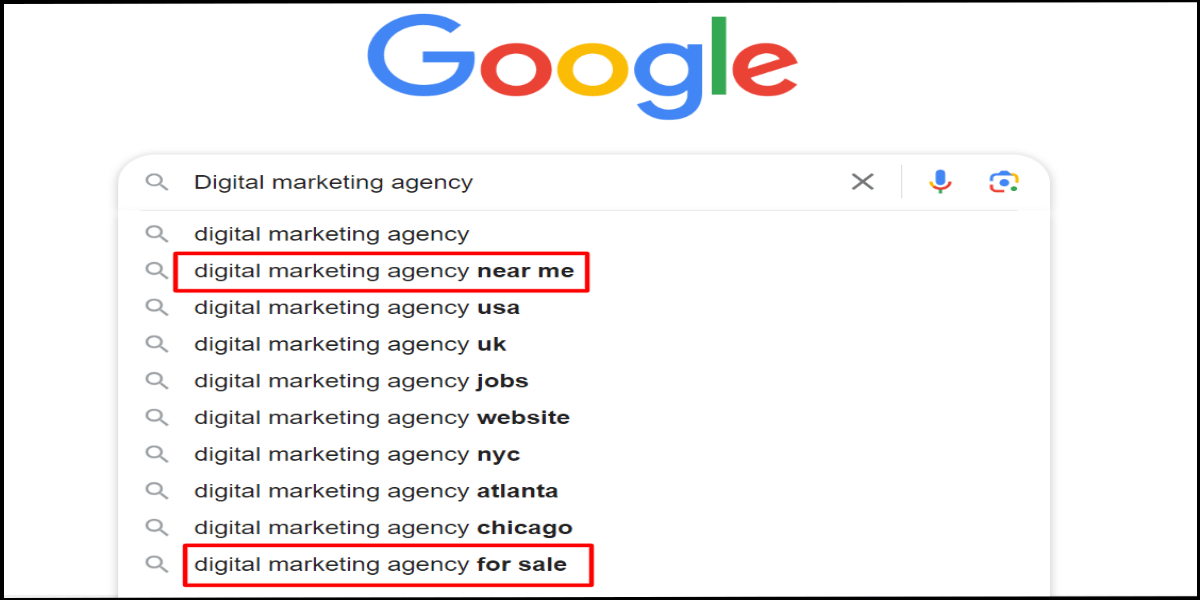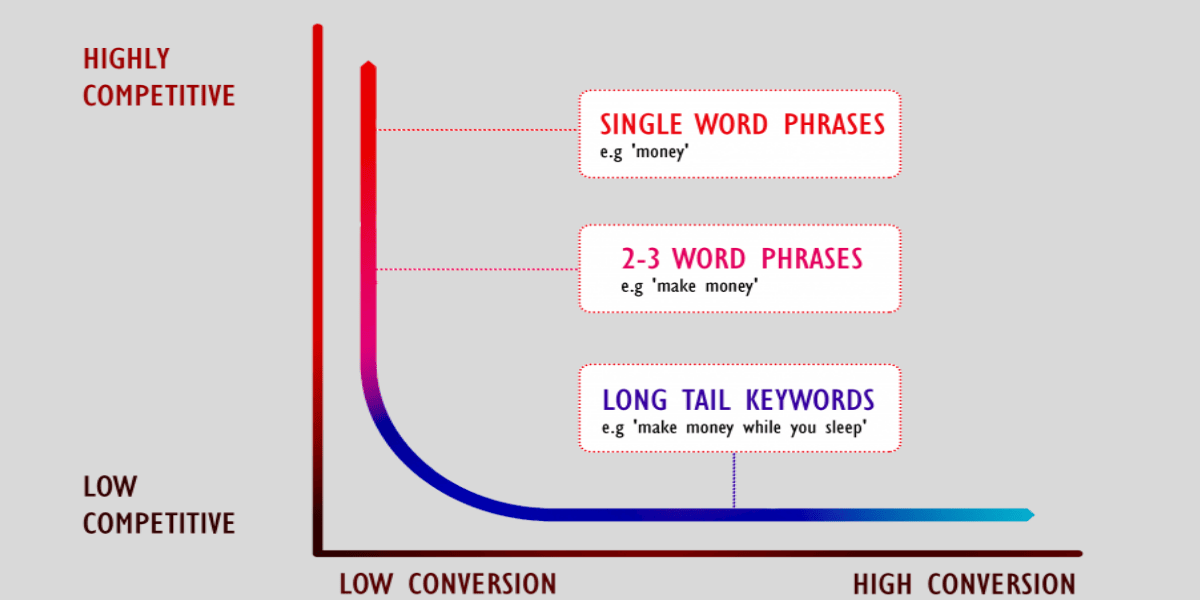Long-tail vs Short-tail Keywords: Which is Better for SEO?

When it comes to optimizing your website for search engines, the debate between long-tail and short-tail keywords is a never-ending one. Both types of keywords have their own set of advantages and disadvantages when it comes to SEO. In this article, we will explore the differences between long-tail and short-tail keywords and determine which is better for improving your website’s search engine rankings.
What are Keywords in SEO?
Keywords in SEO, or search engine optimization, are the terms or phrases that people type into search engines when looking for information. These keywords are crucial for website owners and digital marketers to understand and include in their content in order to improve their chances of ranking highly in search engine results pages (SERPs). Identifying and targeting the right keywords can help drive organic traffic to a website, as it allows the content to be more easily discovered by potential visitors.


Why Keywords Are Still So Very Important for SEO?


Additionally, keywords play a crucial role in on-page optimization, as they help search engines understand the relevance and content of a webpage. By including relevant keywords in titles, headers, meta descriptions, and throughout the content, website owners can improve their chances of ranking for specific search queries.
Moreover, keywords also play a role in link building and anchor text optimization, as they help determine the relevancy and authority of a linked webpage. Overall, keywords continue to be a crucial element of SEO strategy and play a vital role in increasing a website’s visibility and attracting the right audience.
What are Short Tail Keywords? How to Find Them?


Characteristics of short tail keywords include:
- High Search Volume: Due to their broad nature, these keywords often have a high number of searches.
- High Competition: Many websites target these keywords, making it challenging to rank high in SERPs.
- Less Specific User Intent: Short tail keywords are often vague and do not specify the user’s exact intent.
To find short tail keywords, you can use several methods:
- Brainstorming: Start by brainstorming general topics related to your business or niche. Think about the words or phrases that people might use when searching for products or services like yours.
- Keyword Research Tools: There are many keyword research tools available that can help you find short-tailed keywords. Google’s Keyword Planner, SEMrush, Ahrefs, and Moz’s Keyword Explorer are some popular options. These tools allow you to enter seed keywords and generate related short-tail keywords along with data on search volume, competition, and other metrics.
- Google Autocomplete and Related Searches: When you start typing a search query into Google, it often suggests completions based on what other people are searching for. These autocomplete suggestions can give you ideas for short-tail keywords. Additionally, scrolling to the bottom of the search results page will show you related searches that can also provide keyword ideas.
- Competitor Analysis: Analyze your competitor’s websites and see what keywords they are targeting. This can give you insights into popular short-tail keywords in your industry.
- Social Media Monitoring: Monitor social media platforms to see what terms and phrases people are using when discussing topics related to your business. This can provide valuable insight into popular short-tail keywords.
Remember that short-tail keywords often have high competition, so it’s essential to balance your keyword strategy with a mix of short-tail and long-tail keywords to target a broader range of search queries and increase your chances of ranking well in search engine results.
Do you want to grow faster? Schedule a free consultation call with an expert.
What is Long Tail Keywords


Characteristics of long tail keywords include:
- Lower Search Volume: These keywords are less commonly searched, leading to a lower overall search volume.
- Lower Competition: They face less competition, making it easier for websites to rank for these phrases.
- Highly Specific User Intent: Long tail keywords are more precise, indicating a clearer understanding of what the user is searching for.
Here’s how you can use long-tail keywords effectively:


- Target Specific Niches: Long tail keywords allow you to target specific niches within your industry. Identify niche topics or specific problems your target audience is facing and create content that addresses those topics using long tail keywords.
- Lower Competition: Long tail keywords typically have lower competition compared to short tail keywords. This means it can be easier to rank for long tail keywords, especially if your website is relatively new or you’re in a highly competitive industry.
- Higher Conversion Rates: Because long tail keywords are more specific, they tend to attract searchers who are closer to making a purchase or taking another desired action. As a result, long-tail keywords often have higher conversion rates compared to short-tail keywords.
- Create Highly Targeted Content: Use long tail keywords to create highly targeted content that addresses the specific needs and interests of your target audience. This can help attract qualified leads and drive higher engagement on your website.
- Optimize for Voice Search: Long tail keywords are often used in voice search queries, as people tend to speak more naturally when using voice search compared to typing into a search engine. Optimizing your content for long-tail keywords can help you capture traffic from voice search queries.
- Use in Blogging and Content Marketing: Long tail keywords are particularly useful for blogging and content marketing. Create blog posts, articles, and other content around long-tail keywords to attract targeted traffic and establish your authority in your niche.
- Monitor Performance and Refine Strategy: Monitor the performance of your long-tail keyword-targeted content using analytics tools. Track metrics such as traffic, engagement, and conversions to identify which long-tail keywords are driving the most valuable traffic to your website. Use this data to refine your keyword strategy over time.
Overall, long-tail keywords are a valuable component of any SEO strategy, helping you attract targeted traffic, improve conversion rates, and establish your authority in your niche.
Boost Your Business with New AI Trends – Get a Free Strategy Session Today
Long-tail vs. Short-tail Keywords: What’s the Difference?


- Length: Short-tail keywords are typically one to three words long, while long-tail keywords consist of three or more words.
- Specificity: Short tail keywords are broad and general, covering a wide range of topics or queries, while long tail keywords are more specific and targeted, addressing niche topics or queries.
- Search Volume: Short-tail keywords generally have higher search volumes because they are more generic and commonly searched for. Long tail keywords have lower search volumes individually but can collectively make up a significant portion of overall search traffic.
- Competition: Short-tail keywords are highly competitive because they are targeted by many websites and businesses. Long tail keywords have lower competition, making it easier to rank for them in search engine results pages (SERPs).
- User Intent: Short tail keywords are often used by searchers in the early stages of the buying process who are looking for general information. Long tail keywords are typically used by searchers who are further along in the buying process and have a clearer idea of what they’re looking for.
In summary, short tail keywords are broad, general, and have high search volume and competition, while long tail keywords are specific, and targeted, have lower search volume and competition, and often result in higher conversion rates. A balanced SEO strategy often involves targeting both short-tail and long-tail keywords to capture a wide range of search queries and maximize visibility and conversion opportunities.
What is the significance of long-tail and short-tail keywords in SEO strategy?


Long tail and short tail keywords play important roles in an effective SEO strategy, each offering distinct advantages:
Short Tail Keywords:
- High Search Volume: Short-tail keywords typically have high search volumes, which means they can potentially drive a significant amount of traffic to your website if you manage to rank well for them.
- Broad Visibility: Targeting short-tail keywords can help increase your website’s visibility in search engine results pages (SERPs) for broad, general topics relevant to your business or industry.
- Brand Awareness: Ranking for short-tail keywords can help increase brand awareness and exposure, as these keywords are often searched by a large audience.
Long Tail Keywords:
- Targeted Traffic: Long tail keywords attract more targeted traffic because they are more specific and closely align with what users are searching for. This targeted traffic is often more likely to convert into leads or customers.
- Lower Competition: Long tail keywords typically have lower competition compared to short tail keywords, making it easier to rank them in search results.
- Higher Conversion Rates: Due to their specificity, long tail keywords tend to attract users who are further along in the buying process and have a clearer intent, resulting in higher conversion rates.
- Content Opportunities: Long tail keywords provide opportunities to create highly targeted and relevant content that addresses specific user needs, questions, or pain points.
Incorporating both long-tail and short-tail keywords into your SEO strategy allows you to:
- Capture a wide range of search queries and reach different segments of your target audience.
- Balance between high-volume, broad visibility keywords and low-competition, high-conversion keywords.
- Create diverse content that addresses both general topics and niche-specific interests within your industry.
- Maximize your chances of ranking well in search engine results by targeting a mix of competitive and less competitive keywords.
Overall, a balanced SEO strategy that incorporates both long-tail and short-tail keywords enables you to optimize your website for better visibility, traffic, and conversions across various search queries and user intents.
Ready to Discuss Your Project? Chat With Our Marketing Team
Optimizing for Long Tail and Short Tail Keywords


- Content Diversity: Create a mix of content that targets both types of keywords. Use short tail keywords for broader topics and long tail keywords for more detailed, niche content.
- Keyword Placement: Incorporate keywords in critical areas like titles, headings, meta descriptions, and throughout the content.
- User Intent: Align your content with the user intent behind the keywords. Provide comprehensive and relevant information for long-tail keyword searches and a broader overview for short-tail keyword searches.
Remember, overusing keywords can lead to penalties from search engines. The focus should always be on creating valuable, user-centric content.
Strategies for optimizing content with long-tail keywords
To optimize content with long-tail keywords, it’s important to conduct thorough keyword research to identify relevant, low-competition keywords. Incorporate long-tail keywords naturally into the content, including in titles, headings, and throughout the body. Create high-quality, valuable content that addresses the specific topics and questions related to the long-tail keywords. Use variations of the long-tail keywords to attract a wider audience while still remaining relevant.
Effective approaches to incorporate short-tail keywords for higher search volume
Incorporating short-tail keywords effectively for higher search volume involves strategic placement in website content, meta tags, and headings. Utilizing these keywords in high-quality, relevant content and optimizing meta descriptions can improve search engine rankings and drive more traffic to the website. Conducting keyword research to identify popular short-tail keywords and incorporating them naturally throughout the website can also increase visibility and attract more visitors.


Enhancing SEO strategy through a combination of long-tail and short-tail keywords
By integrating a mix of long-tail and short-tail keywords across the website’s content, meta tags, and image descriptions, marketers can create a comprehensive SEO strategy. This amalgamation ensures that the website ranks well for specific niche queries while also gaining visibility for broader search terms.
Conclusion
In conclusion, while short-tail keywords offer broad visibility but face high competition and less specific intent, long-tail keywords provide lower competition and higher conversion rates due to their specificity. An effective SEO strategy balances both, using short-tail keywords for broad visibility and long-tail keywords for niche targeting. By understanding audience needs, crafting valuable content, and refining keyword strategies, websites can optimize visibility, attract targeted traffic, and succeed in competitive search rankings.
If you need more understanding about this topic, Digital Delane is here to help you refine your SEO strategy and achieve your goals. Ready to enhance your SEO strategy? Contact Digital Delane today for expert guidance and personalized solutions!











